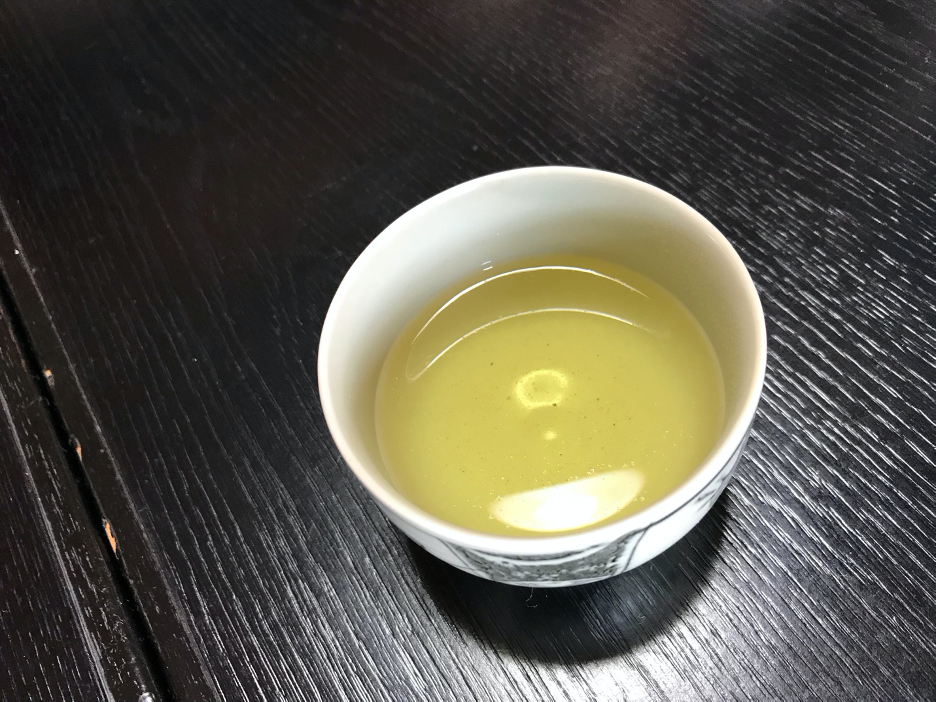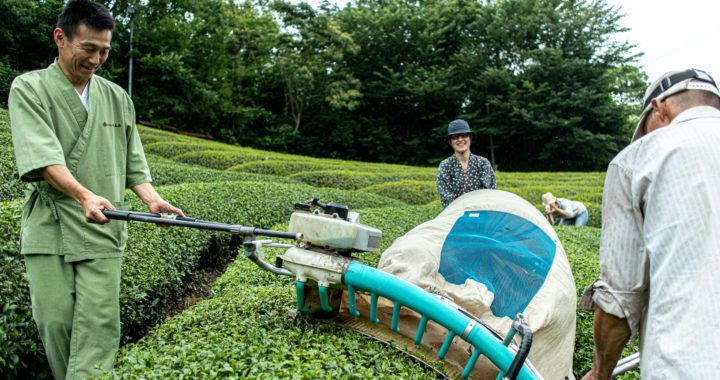It has been announced in research results that the catechin found in green tea – EGCG (epigallocatechin gallate) – has the highest level of antiviral activity against the Novel Coronavirus.

It has been announced in research results that the catechin found in green tea – EGCG (epigallocatechin gallate) – has the most antiviral activity against the Novel Coronavirus.
The research was carried out in order to discover effective components that can combat the Novel Coronavirus, and in March 2020, the results were presented in a thesis by a researcher from India’s ERA University.
After comparing 18 ingredients among two kinds of components that have already been administered as antivirus agents for the Novel Coronavirus, it was concluded in the research results that the catechin (epigallocatechin gallate) found in green tea has the strongest antiviral effect.
The two Novel Coronavirus treatments compared in the thesis are Chloroquine, which was approved as an antivirus treatment on March 29, 2020 by the FDA (American Food and Drug Administration), and Remdesivir, for which clinical trials began on February 6, 2020 in China.
In addition, it has been reported that the 18 ingredients – those compared to the two antivirus agents – are already known for their antiviral effects used against the 2003 SARS (Severe Acute Respiratory Syndrome) virus.
An investigation of these 20 components using the “drug docking” method of drug discovery research and development revealed that among all 20 components – which include the two medical treatments – the catechin found in green tea shows the most antiviral activity.
The 18 ingredients that were compared to the antivirus agents are as follows below.
(They are listed in descending order of effectiveness against the novel coronoa virus)
- EGCG (epigallocatechin gallate: green tea catechin) (green tea)
- Curcumin (turmeric)
- Apigenin (parsley, celery, guava)
- Beta glucan (mushrooms, most commonly Hanabitake)
- Myricetin (walnuts, grapes, berries)
- Quercetin (onion, buckwheat, apple)
- Piperine (black pepper)
- Genistein (soybean)
- Diazein (soybean)
- Ferulic acid (rice, barley, wheat)
- Alliin (garlic)
- Lipoic acid (liver / pig liver, kidney, heart)
- Resveratrol (grape, red wine)
- Glucosamine (crab, shrimp)
- Gingerol (ginger)
- Sulforafurin (broccoli)
- Allicin (garlic, onion)
- Phycocyanobilin (red algae)
The results of this study conclude that the catechin (EGCG) found in green tea may be a strong candidate for Novel Coronavirus treatment.
In Japan, it has been pointed out that the mortality rate of the Novel Coronavirus is low; one of the reasons may be that the Japanese drink green tea quite often.
As we have been told that there are at least eight different strands of the Novel Corona Virus, it is of course impossible to make a generalized comparison of the situation between Japan and other countries.
However, because the result of this research is that the catechin (EGCG) found in green tea is effective against the Novel Coronavirus, we would like to share this news of Japanese tea culture with the world.
– Yasuhara Matsumoto
References
Research Square -「Identification of Dietary Molecules as Therapeutic Agents to Combat COVID-19 Using Molecular Docking Studies」
Newsweek -「日本で新型コロナの死亡率が低いのは、なぜなのか?」
USA Today -「8 strains of the coronavirus are circling the globe. Here’s what clues they’re giving scientists.」

